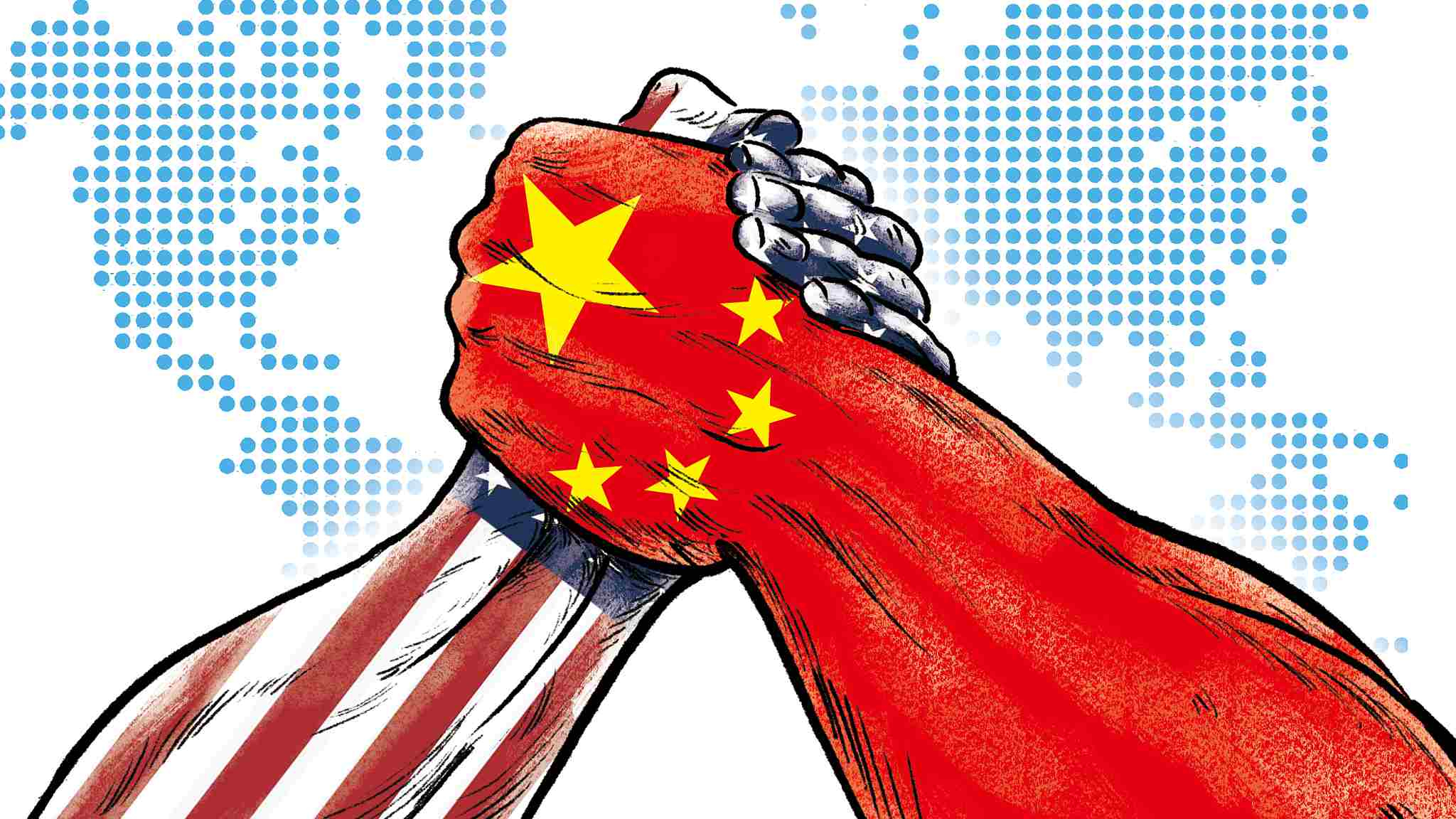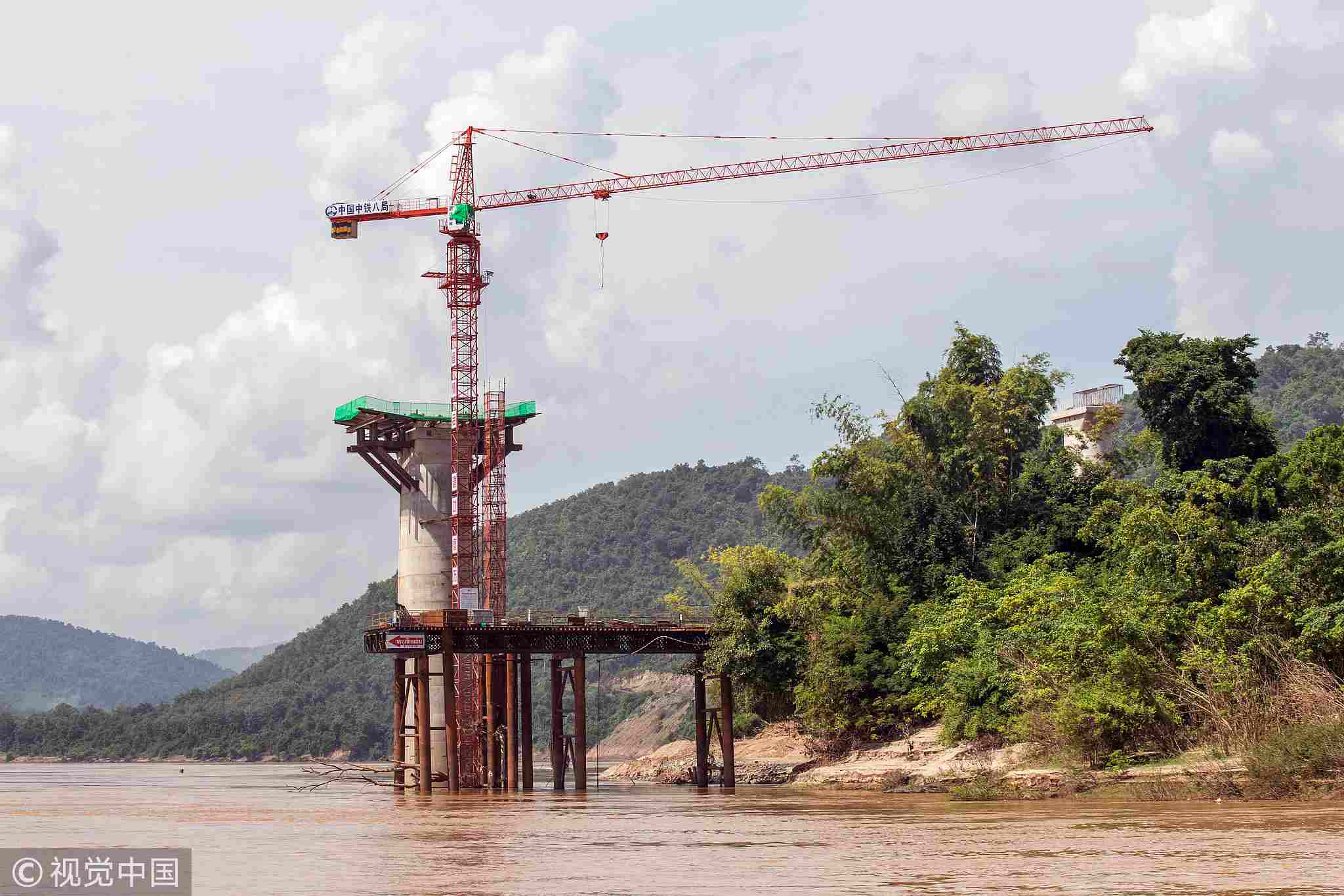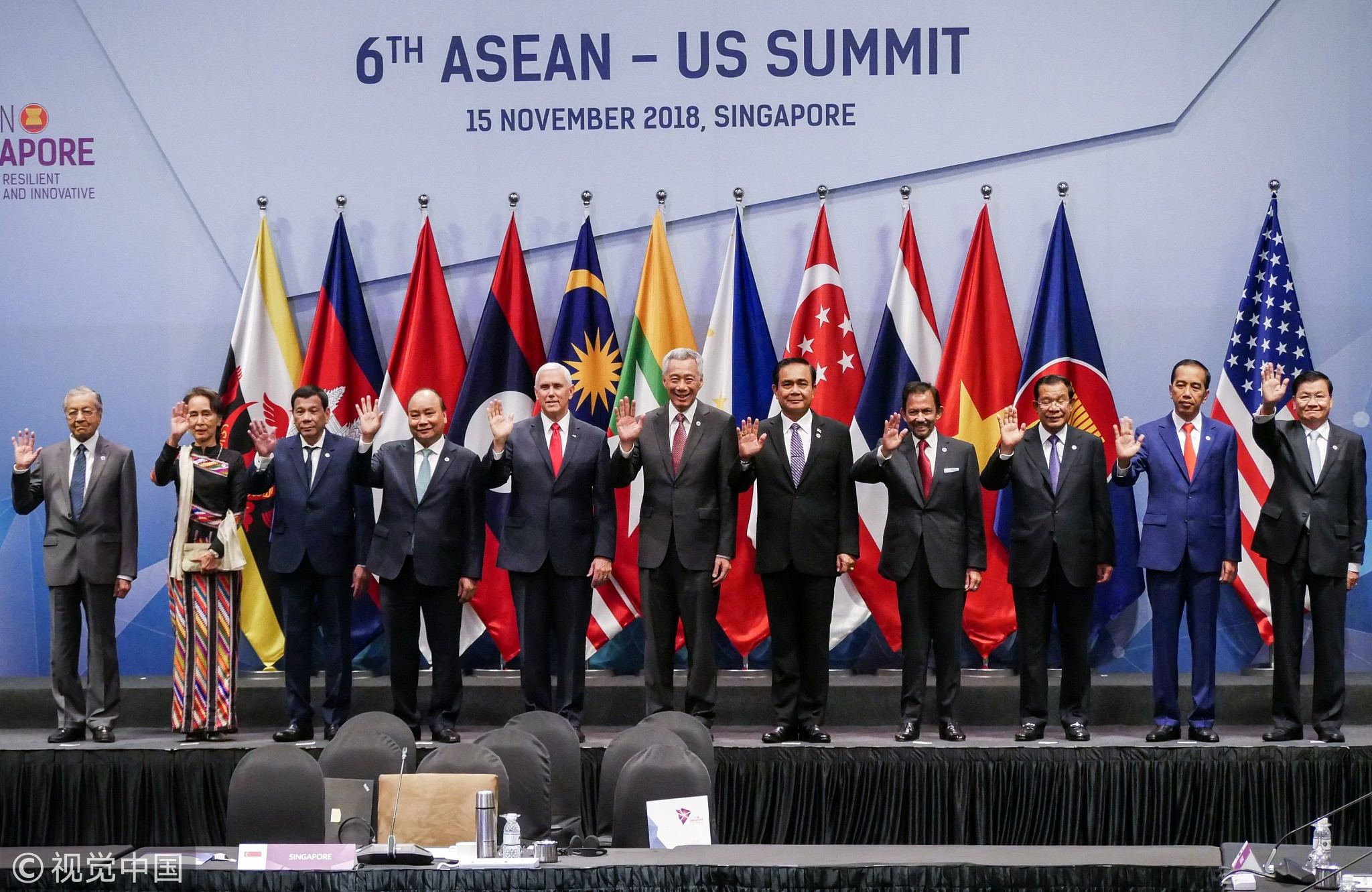
Opinions
13:30, 18-Nov-2018
Opinion: China-US practical collaboration is crucial for the future of Asia-Pacific region
Updated
13:15, 21-Nov-2018
By Wang Peng

Editor's note: Wang Peng is an associate research fellow at Chongyang Institute for Financial Studies, Renmin University of China and a researcher at the Charhar Institute. The article reflects the author's opinion, and not necessarily the views of CGTN.
US Vice President Mike Pence is on his Asia tour from November 11 to 18. He is attending a troika of Asia Pacific meetings and holding bilateral talks with US allies - Japan, Singapore and Australia. As reported, Pence has addressed concerns from Asian partners about US commitment to the region, the content of the administration's “free and open Indo-Pacific” strategy, and its newly hardened stance toward China.
Pence encouraged regional countries to choose the "better option" of American development financing. In fact, before US President Donald Trump proposed his strategic vision of Indo-Pacific in Vietnam last year, China and its ASEAN partners have already practiced their bilateral and multilateral collaboration in the framework of the Belt and Road Initiative (BRI) for four years since 2013 when Chinese President Xi Jinping first called for rebuilding the historically flourishing “Maritime Silk Road” in the context of 21st century.

The Luang Prabang railway bridge, a section of the China-Laos Railway built by the China Railway Group Ltd., stands under construction near Luang Prabang, Laos, October 19, 2018. /VCG Photo
The Luang Prabang railway bridge, a section of the China-Laos Railway built by the China Railway Group Ltd., stands under construction near Luang Prabang, Laos, October 19, 2018. /VCG Photo
Tracing back pre-modern history, Chinese dynasties and its neighbors in Dongyang (including Japan, Korea and Ryukyu Kingdom), Nanyang (South China Sea Rim and Southeast Asia) and Xiyang (Indian Ocean Rim) have also enjoyed thousands of years of prolonged peace and free trade, as David Kang, an esteemed American-Korean International Relations expert in the University of California underlines.
When ancient Chinese merchants traded silk, pottery, and arts with their trade partners in Malaysia, Indonesia, Arab, India, Persia and Africa - in a free, fair, reciprocal and mutually respect way - Europeans, on the contrary, were busy with conquering lands in the Middle East, North and South America, South Asia and Southeast Asia, slaughtering local people in the names of crusade, conquerors or the self-claimed “civilized upper race.”
Now, the history has taken a new leaf. The trend of globalization is deeply shaping every member in the village of earth, despite challenges from rising unilateralism, neo-isolationism, neo-protectionism, as well as economic nationalism.
In this context, all participants in Asia-Pacific are facing common threats. China and the US, in particular, have obligations to work together and promote collaborations in the region as the world's largest two economies.
However, the two powers are now locked in the escalating economic conflicts and geopolitical tensions. Some say that China and the US hold entirely different visions and strategic goals in the Asia-Pacific region, and hence, the so-called “Thucydides Trap” is inevitable.
This is not true. China and the US don't harbor enormous differences on an “ideal Indo-Pacific.” In other words, there is a large room for the two powers to accommodate their own core interest and cooperation.

ASEAN leaders with US Vice President Mike Pence (5L) pose for a photo during the 6th ASEAN US Summit in Singapore, November 15, 2018. /VCG Photo
ASEAN leaders with US Vice President Mike Pence (5L) pose for a photo during the 6th ASEAN US Summit in Singapore, November 15, 2018. /VCG Photo
Both countries are sharing a fundamental agreement about the great importance of this region. However, the US did not answer the following two questions: First, why Indo-Pacific, as they claimed, is still underdeveloped despite underexploited resources? Second, how to boost the region's economy and social development to hit the high mark set by “Tutor Uncle Tom?”
What Tutor Uncle Tom actually offered are only the concepts, ideology and beautifully-decorated rhetoric, but none of these concepts or ideas can solve the urgent problems the region is facing – underdeveloped infrastructure and a lack of unconditional financial support.
China's BRI will play a key role in expanding cooperation and collaboration in the region. It's worth noting that this initiative is always open and inclusive, aiming to unite all participants in the Asia-Pacific region, including the US, to construct an interconnected community of shared future.
Differences between China and the US, strategically and economically, are not as large as some politicians and media hyped. In this context, there is substantial room for the world's two largest economies to cooperate with each other to create and maintain an Asia-Pacific community of a shared future.
(If you want to contribute and have specific expertise, contact us at opinions@cgtn.com.)

SITEMAP
Copyright © 2018 CGTN. Beijing ICP prepared NO.16065310-3
Copyright © 2018 CGTN. Beijing ICP prepared NO.16065310-3